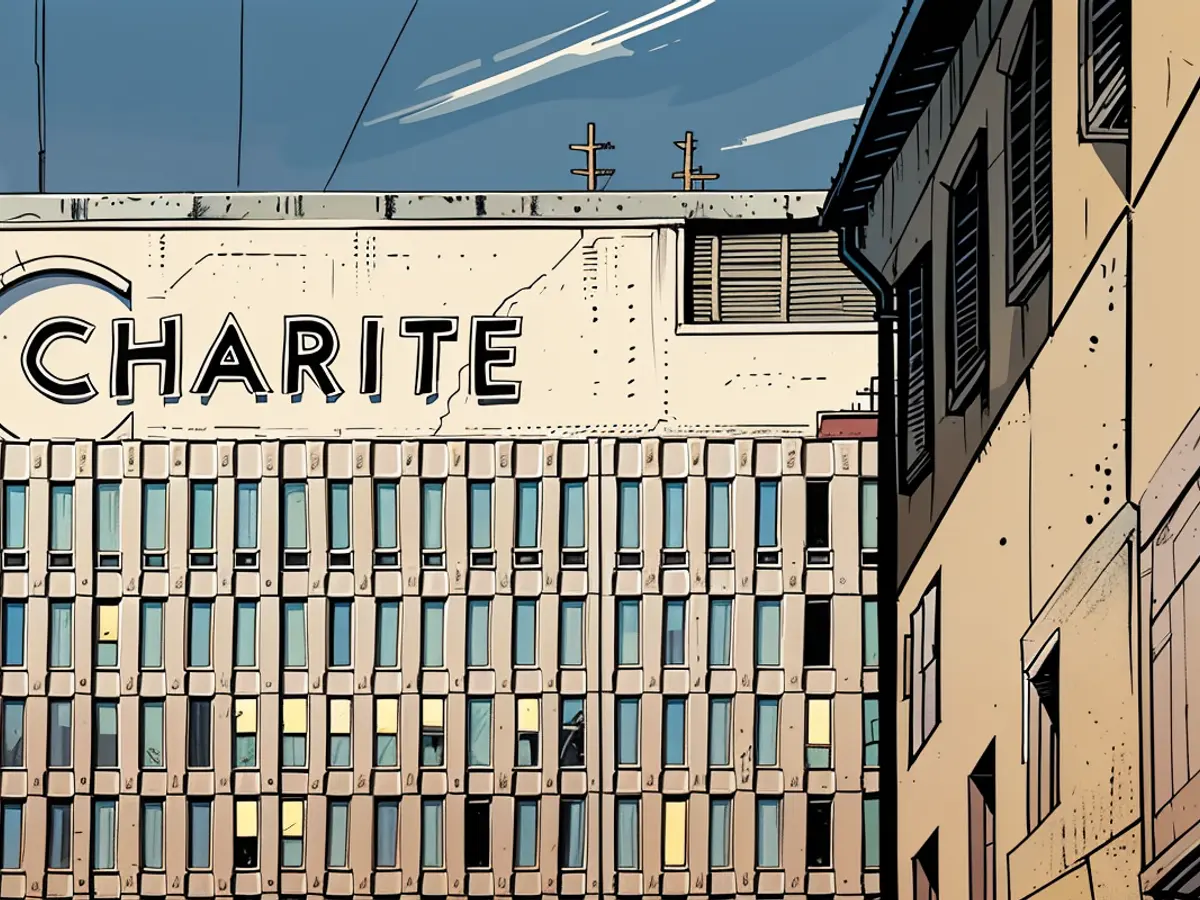Charity achieves healing of a person from HIV once again
Over 15 years ago, the "Berlin Patient" Timothy Brown was the first person in the world to be cured of HIV. Now there is another success: A 60-year-old man, who is also being treated at Charité, is virus-free. The treatment method, however, is different.
Another HIV patient has been cured according to the Berlin Charité. The man, referred to as the "second Berlin Patient," has not shown any detectable HIV virus for more than five years after discontinuing antiretroviral therapy. Researchers at Charité announced this. With this, he is the third person in Germany and, depending on the count, the sixth or seventh person in the world to be considered cured.
The previously known "Berlin Patient," Timothy Brown, was the first person to be cured of HIV over 15 years ago.
The now presented "second Berlin Patient," a 60-year-old man, was tested positive for HIV in 2009. In 2015, he was also diagnosed with acute myeloid leukemia (AML), a form of blood cancer. In addition to chemotherapy, he required a stem cell transplant.
"Donor immune system takes control"
The donor's stem cells and immune system were transferred to him. "The donor immune system essentially takes control," explained Olaf Penack, senior physician in the Haematology, Oncology and Tumor Immunology department.
The special aspect of this case is the treatment method. The HIV virus infects cells of the body at specific docking sites, the so-called CCR5 receptors. Approximately one percent of the European population, according to Charité, has a mutation of these CCR5 receptors, known as the Delta-32 mutation. This prevents the virus from entering - those affected are naturally immune to HIV.
In the case of the first person believed to be cured of HIV, it was possible to find a stem cell donor whose characteristics matched the recipient and who carried the immunity-granting mutation. Through the stem cell transplant, his immune system, including the mutation, was transferred. Worldwide, four other people have been treated in this way and are considered cured. The treatment is risky, with a therapy-related mortality risk of around ten percent according to Charité. If successful, it eliminates both the HIV virus and the cancer.
"Virus hiding places are the biggest hurdle"
In the case of the "second Berlin Patient," a different approach was taken: A suitable HIV-immune donor was not found for the stem cell donation. However, the donor had "an additional mutated version of the docking site on her cells," Penack explained, who also treated the first "Berlin Patient." This is the case when a person inherits the Delta-32 mutation from only one parent. This does not provide immunity against the HIV virus.
After the stem cell transplant, the patient also received an antiretroviral therapy against the virus. This prevents the further production of the virus but has no effect on existing virus reservoirs that formed after infection. "These virus hiding places are the biggest hurdle in HIV cure research," said Gaebler.
The patient discontinued the antiviral treatment on his own in 2018. He had been convinced of being cured for a long time, reported the researchers. Since then, there has been no sign of virus replication, said Gaebler. "We were all very surprised and pleased." The researchers are currently investigating how the success can be explained. A role could play the fact that the patient's immune system was quickly replaced by the donor's immune system, according to Gaebler.
Globally, approximately 39 million people live with HIV infections. Healings are very rare. If we also count a case where the observation period was relatively short, there are currently seven people worldwide who are considered cured from HIV.
The "second Berlin Patient"'s HIV cure is not directly related to the method used for the original "Berlin Patient," Timothy Brown. Instead, the 60-year-old man received a stem cell transplant from a donor with an additional mutated version of the CCR5 receptor, which helped to suppress the HIV virus. Education about HIV, its treatments, and advancements in medical research how crucial in understanding these breakthroughs, especially for organizations like charities dedicated to combating HIV.







